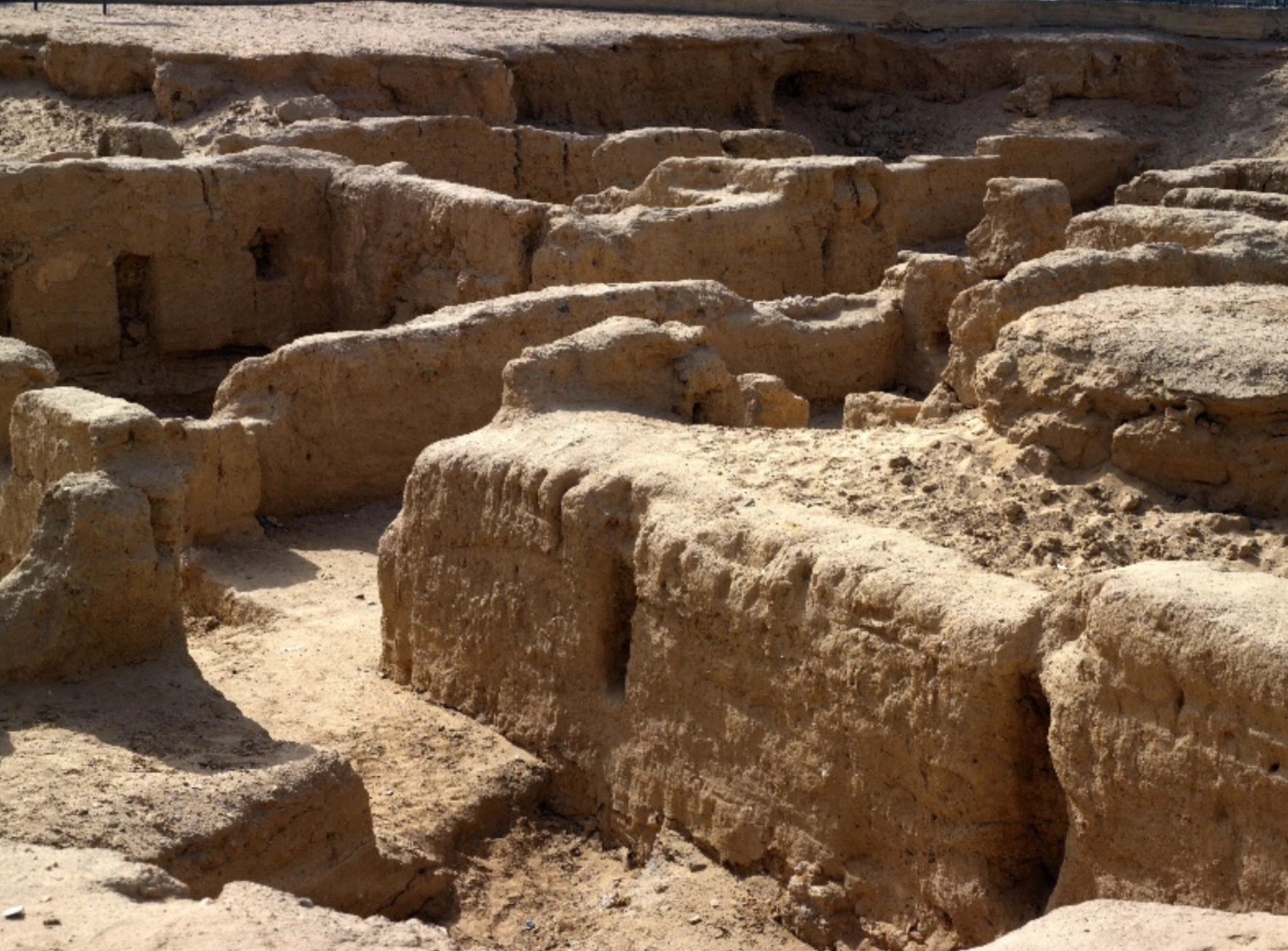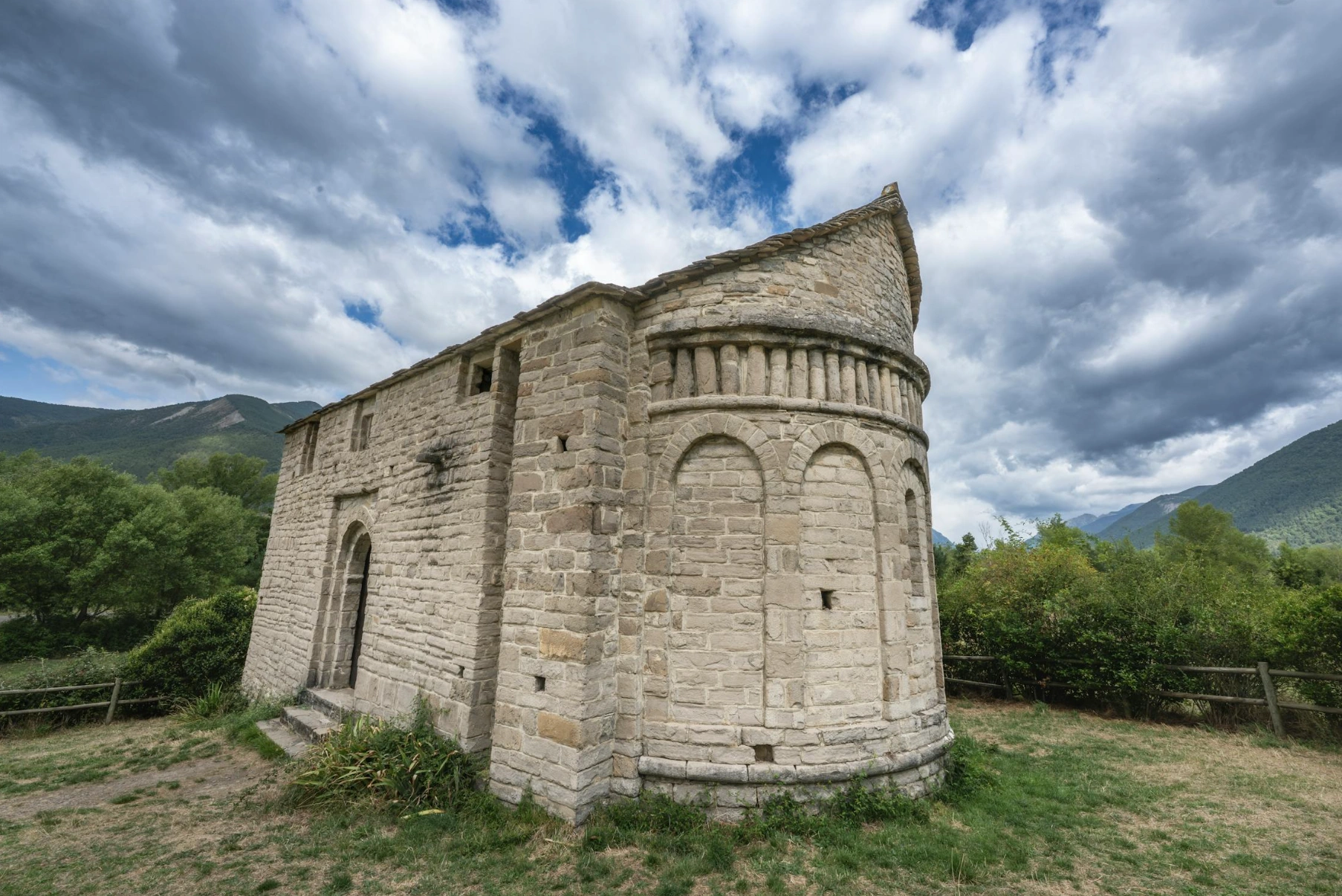The Oldest Churches in the World that Still Stand in 2025
Updated on
Published on

Discover the oldest churches in the world and why there is no single winner. We separate the earliest house church from the oldest purpose built church, the oldest cathedral, the oldest major church still in daily use, and the earliest known church in sub Saharan Africa. You also get the exact dates scholars cite and a short method so you can see how the list was built.
At a glance
- The earliest identified Christian house church is the Dura Europos house church in Syria, dated to the early third century and preserved with its baptistery paintings (Yale University Art Gallery).
- The oldest known purpose built church is the third century Aqaba Church in Jordan, first phase dated to 293 to 303 (Archaeology Magazine) (Department of Antiquities of Jordan).
- The oldest cathedral by historical foundation is Etchmiadzin Cathedral in Armenia, founded in 301 to 303 by tradition and recognized by UNESCO for its very early domed church form, while the current core fabric is later fifth century work (UNESCO).
- The oldest public church in Rome is the Archbasilica of Saint John Lateran, consecrated in 324 and regarded as the mother church of the Catholic faithful (Britannica).
- The earliest archaeologically dated church in sub Saharan Africa is the fourth century basilica at Beta Samati in northern Ethiopia, published in the journal Antiquity and explained for a general audience by Smithsonian Magazine (Antiquity) (Smithsonian Magazine).
What “oldest church in the world” really means
People search for this in different ways. Some type oldest church in the world and others even type oldest chutch in the world, which is a common misspelling. The answer depends on what you mean by church. Archaeologists separate three useful categories. The first is a house church, which is a domestic building adapted for Christian assembly before large public churches were legal. The second is a purpose built church, designed as a church from the start. The third is a cathedral, the seat of a bishop. You can also ask which site has been in continuous use the longest, since many fourth century churches were rebuilt later on. Using these lenses gives you a precise and defensible list that matches how historians date buildings today rather than a single headline claim.
The earliest identified house church
Dura Europos house church, Syria, about 232 to 256
The Dura Europos building is the best documented early Christian house church. It began as a private home and was remodeled with an assembly room and an elaborate baptistery whose wall paintings include Christ and Peter on the water. The town was abandoned in 256, which sealed the building and preserved its interior, making it the clearest archaeological snapshot of third century Christian space we have. Artifacts and scholarship from the Yale University Art Gallery and new research from Yale confirm both the date and the function of the building (Yale University Art Gallery) (Yale University).
The oldest known purpose built church
Aqaba Church, Jordan, first phase 293 to 303
Excavated in the late 1990s, the basilical foundation at Aqaba predates Constantine’s fourth century building campaign in Jerusalem and Bethlehem. Its orientation, plan and finds led the excavation director, S. Thomas Parker, to identify it as a church designed as such from the start. Pottery and associated finds date the earliest phase securely to the decades around 300, which makes Aqaba the earliest known example of a church built as a church rather than a converted house. This chronology is widely cited in archaeological reporting and in Jordan’s own departmental publications (Archaeology Magazine) (Department of Antiquities of Jordan).

The oldest cathedral by foundation
Etchmiadzin Cathedral, Vagharshapat, Armenia, 301 to 303 by tradition, rebuilt 483 to 484
When Armenia adopted Christianity at the start of the fourth century, Etchmiadzin became the seat of the Catholicos. UNESCO describes it as the earliest domed church and the seminal contribution of Armenian architecture to Christianity. The cathedral you see today has a fifth century core because early structures were rebuilt, yet its foundation as a cathedral in 301 to 303 is why it is often called the oldest cathedral in the world. The distinction matters, since oldest by foundation is different from oldest fabric still standing (UNESCO).
Church of the Nativity, Bethlehem, fourth century foundation, sixth century fabric
Commissioned in the 320s and dedicated in 339, the original Constantinian church stood over the cave of the Nativity. After damage in the sixth century it was rebuilt by Emperor Justinian and has stayed in use ever since. UNESCO calls it the oldest Christian church in daily use and the oldest major church in the Holy Land. On site reports from Biblical Archaeology Society also place the first church in the early fourth century and explain how the sixth century rebuilding preserved its basilican character (UNESCO) (Biblical Archaeology Society).

Archbasilica of Saint John Lateran, consecrated 324
Saint John Lateran is the cathedral of Rome and the pope’s own church. Britannica identifies it as the oldest of Rome’s great papal basilicas and the oldest public church in the city, consecrated in 324. The church has been rebuilt many times, so oldest here refers to institutional continuity and foundation date rather than the age of the present fabric (Britannica).
The earliest dated church in sub Saharan Africa
Beta Samati basilica, Tigray, Ethiopia, later fourth century
Excavations published in the journal Antiquity revealed a basilica at Beta Samati that radiocarbon dates to the later fourth century. This find aligns with textual traditions that place the conversion of the Aksumite Kingdom in the fourth century and provides the earliest archaeological church evidence south of the Sahara. Smithsonian Magazine’s overview puts the discovery in context and explains how the team dated the building and related finds (Cambridge University Press & Assessment).
Why one list will never settle the “oldest” question
Dating is complicated by two facts. First, many early churches were rebuilt or expanded, so the oldest foundation rarely means the oldest surviving walls. Second, the word church can refer to different building types and functions in the first three centuries of Christianity. That is why careful lists show categories such as house church, purpose built church, cathedral, and churches in continuous use, and then cite the specific dating evidence for each case. Using that approach explains why Dura Europos, Aqaba, Etchmiadzin and the Church of the Nativity can all be first, each within a different and valid definition.

Methodology
We prioritised peer reviewed archaeology, official heritage bodies and university or authority publications. For house churches we relied on Yale’s holdings and research on Dura Europos. For purpose built churches we used excavation reporting on Aqaba from Archaeology Magazine and the Department of Antiquities of Jordan. For cathedrals and continuous use claims we used UNESCO dossiers. For Rome we used Britannica. For Africa we used the Antiquity article on Beta Samati with a plain language summary by Smithsonian Magazine. Dates are given in ranges when the evidence is stratigraphic or epigraphic rather than an inscriptional year.
FAQ
What is the single oldest church in the world?
There is no single answer because it depends on definition. The earliest identified house church is Dura Europos, the oldest purpose built church is Aqaba, the oldest cathedral by foundation is Etchmiadzin, and the oldest major church in daily use in the Holy Land is the Church of the Nativity.
What is the oldest church that I can still visit today?
You can visit the Church of the Nativity in Bethlehem and Saint John Lateran in Rome, both founded in the fourth century and still active. Nativity retains sixth century fabric, while Lateran has later fabric over an early fourth century foundation (UNESCO)
Is Etchmiadzin really the oldest cathedral if the building is later?
Yes by foundation. It became a cathedral at the start of the fourth century, then was rebuilt in the fifth, which is typical for ancient churches that stayed in use for centuries.
How early is the evidence for Christian worship outside the Roman heartland?
Archaeology in Ethiopia shows a fourth century basilica at Beta Samati, which is the earliest known church in sub Saharan Africa and lines up with the early Christianisation of the Aksumite Kingdom.
Why do many people search for oldest chutch in the world?
It is a common misspelling of oldest church in the world. We included the phrase here so people who type it still find accurate, sourced information.
Sources
- Yale University Art Gallery. “Baptistery wall painting: Christ Walking on Water,” Dura Europos house church overview.
- Yale University. “House call, a new study rethinks early Christian landmark,” Dura Europos research update
- Department of Antiquities of Jordan. ADAJ 2002. “The Roman Aqaba Project, the 2000 campaign,” PDF.
- The Expository Times, SAGE. Edward Adams, “The Ancient Church at Megiddo,” 2008, 120, 62–69. PDF.
- UNESCO World Heritage Centre. “Cathedral and Churches of Echmiatsin and the Archaeological Site of Zvartnots.”
- Encyclopaedia Britannica. “Basilica of Saint John Lateran.”
- Smithsonian Magazine. “Church Unearthed in Ethiopia Rewrites the History of Christianity in Africa,” Dec 10, 2019.







